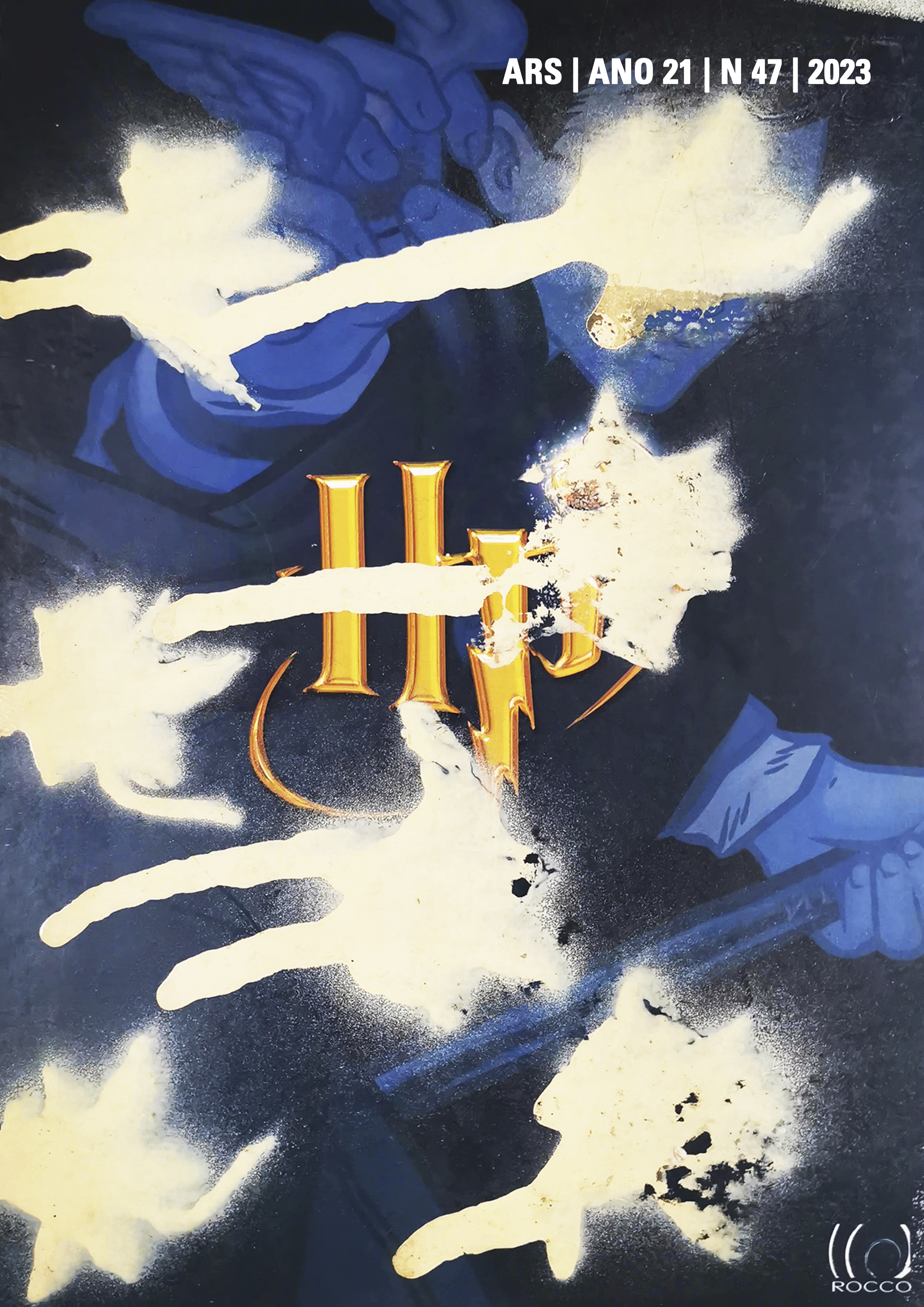Theseus’ s Dance
DOI:
https://doi.org/10.11606/issn.2178-0447.ars.2023.200150Keywords:
Aesthetic (Art) (Architecture), Labyrinth, Form (Aesthetic), Art, Ancient StatuaryAbstract
Hubert Damisch (1928-2017) was a French philosopher specializing in aesthetics and art history who worked as a professor at the École des Hautes Études en Sciences Sociales (EHESS) in Paris between 1975-1986. “La Danse de Thésée” was published in the Tel Quel magazine in the summer of 1966, in an edition that featured the participation of important French thinkers of the time, including Jacques Derrida. The text “La Danse de Thésée” has become a reference for aesthetic analyses that involve discussions in architecture, and its interpretations of the myth have stimulated the emergence of works that deepen and broaden the understanding of the influence that the mythological character of Daedalus had on the design profession.
Downloads
References
CLAVIER, Étienne. Bibliothèque d'Apollodore l'Athénien - Traduction Nouvelle. Paris: Imprimerie de Delance et Lesueur, 1805.
COUTINHO, Luciano. Educação arquitetônica da humanidade. Brasília: Tanto Mar Editores, 2021.
FRONTISI-DUCROUX, Françoise. Dédale: mythologie de l'artisan en grèce ancienne. Paris: François Maspero, 1975.
PÉREZ-GÓMEZ, Alberto. The Myth of Dedalus: On the Architect' s métier. In Timely Meditations: Selected Essays on Architecture - Volume 1. Montreal: RightAngleInternational, 2016, p. 1-22.
PLATON. Euthyphron / trad. Luis-André Dorion. In BRISSON, Luc (org). Platon - oeuvres complètes. Paris: Éditions Flammarion, 2008, p. 393-414.
RICHTER, Gisela M.A. Kouroi: Archaic Greek Youth. New York: Phaidon Publishers INC., 1970.
SALZSTEIN, Sônia. Passagens: Hubert Damisch. ARS, São Paulo, vol. 16, n. 32, p. 29-35, 2018. Disponível em: https://www.revistas.usp.br/ars/article/view/143599. Acesso em: 7 jul. 2022.
Downloads
Published
Issue
Section
License
Copyright (c) 2023 Hubert Damish; Claudia Afonso

This work is licensed under a Creative Commons Attribution 4.0 International License.
The responsibility for obtaining written permission to use in the articles materials protected by copyright law lies entirely with the author(s). Ars is not responsible for copyright breaches made by its collaborators.
The authors have the copyrights and grant the journal the right of the first publication, with the article licensed under the Creative Commons BY-CC License.
Licensees have the right to copy, distribute, display, and carry out the work and make derivative works from it, including with commercial purposes, granted that they give the due credit to the author or licensor, as specified by them.
Licensees compromise to inform the appropriate credit, provide a link to the license, and indicate if changes were made.
Respected the terms of the license, the licensors/authors are not allowed to revoke the conditions above mentioned.
After the publication of the articles, the authors keep the copyrights and the rights to republish the text exclusively in unpublished books and collections.


